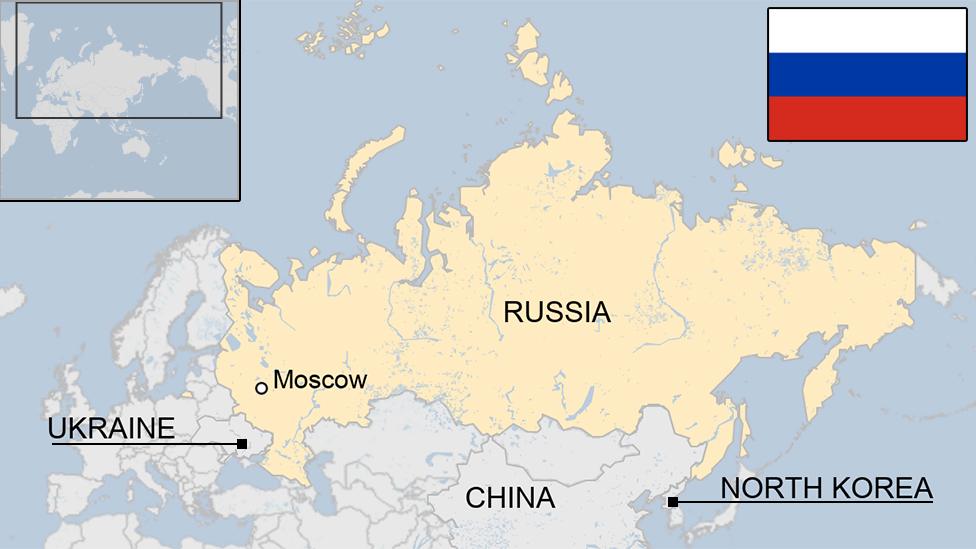Russia inspects Tsar Alexander III remains in murder case
- Published
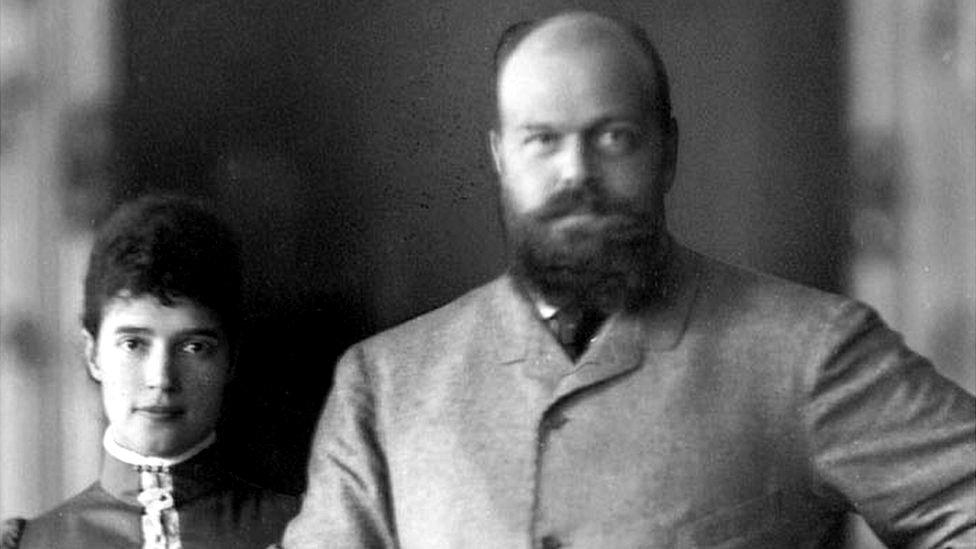
Tsar Alexander III and Empress Maria Fyodorovna in 1881: The tsar was staunchly nationalistic and autocratic
Russian experts are preparing to take DNA samples from the remains of Tsar Alexander III in St Petersburg as part of a murder investigation.
Work began on Tuesday at his grave in the city's Peter and Paul Cathedral.
Romanov family members who were killed by revolutionary Bolsheviks in 1918 are buried at the cathedral. Alexander III was on the throne from 1881 to 1894.
The Russian Orthodox Church wants DNA proof for the remains before canonising two of the murdered Romanov children.
The Investigative Committee, a state body, says new checks are needed on those remains. Archive documents are also being re-examined.
The Romanov family members were killed by revolutionary Bolsheviks
In 1998, DNA tests authenticated remains found in a mass grave in the Urals in 1991.
But the tests did not convince some Church members, because the remains of two - Tsarevich Alexei and Grand Duchess Maria - were found only in 2007, at a different spot in the Urals.
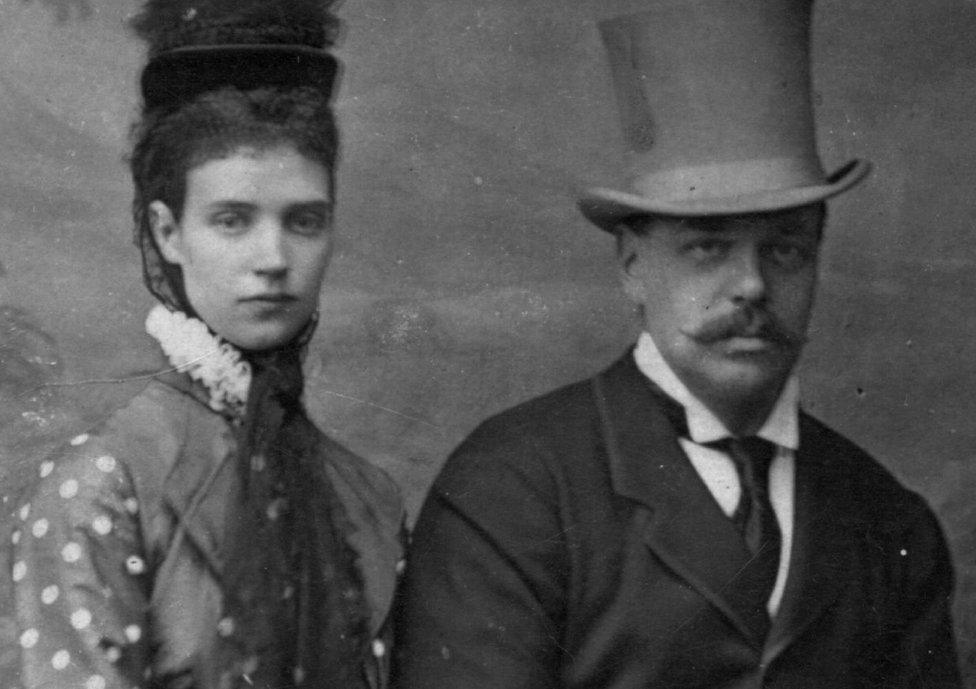
Maria Fyodorovna - alongside Alexander III - was a Danish princess
Samples were taken in late September from Tsar Nicholas II, his wife Alexandra, and from the bloodstained uniform of Alexander II, Nicholas's grandfather, killed in 1881.
Officials say those DNA results will be published soon.
Nicholas II succeeded Alexander III, but was overthrown in the 1917 Bolshevik Revolution, which established a Communist dictatorship.
The tsar and his family died in a hail of bullets in a cellar after being exiled to Yekaterinburg in the Urals region, 1,430km (889 miles) east of Moscow.
- Published24 September 2015
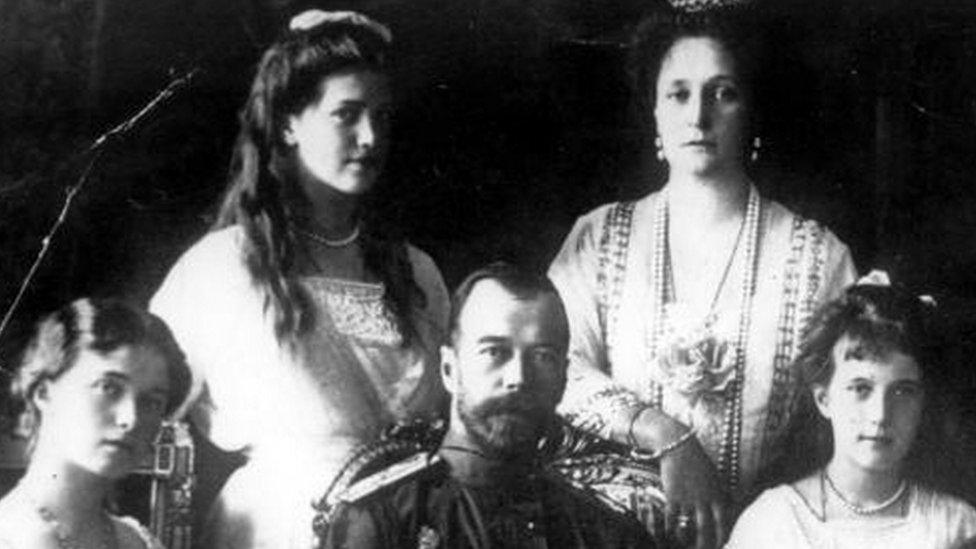
- Published27 June 2012
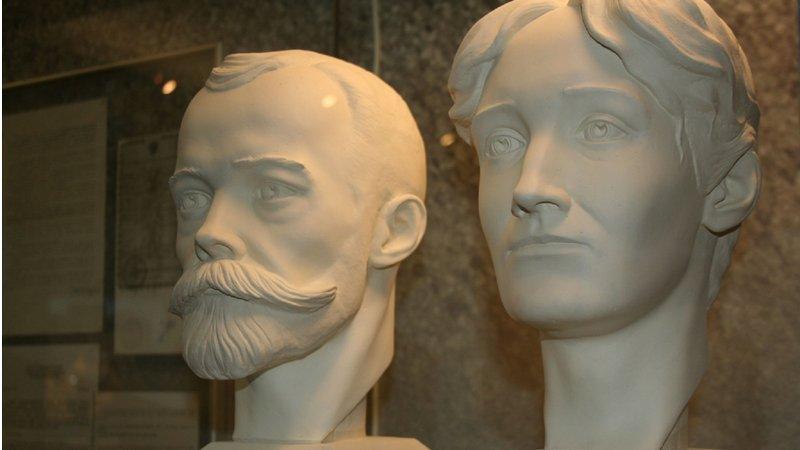
- Published25 March 2024
